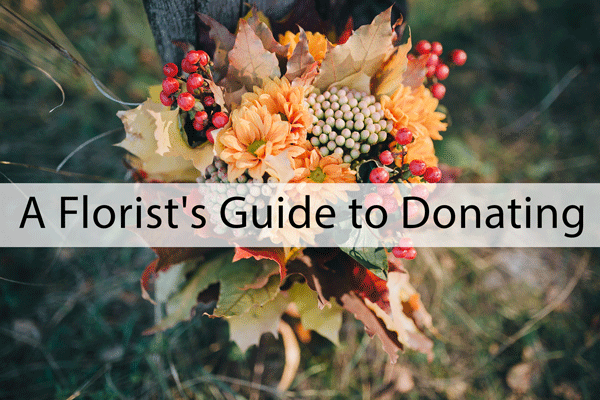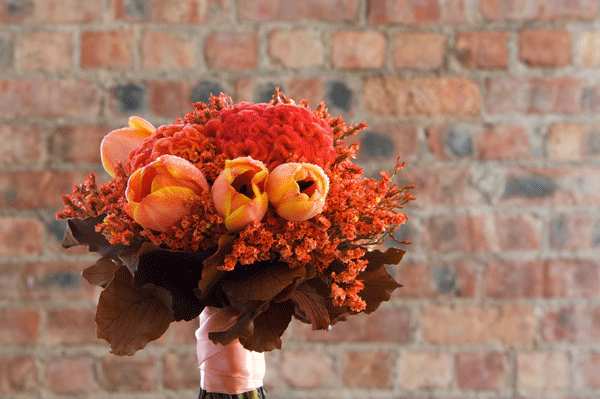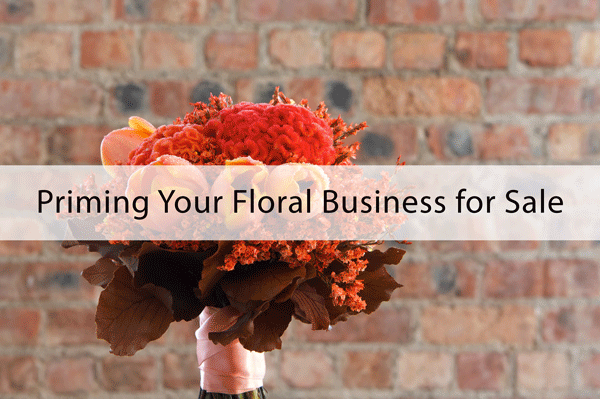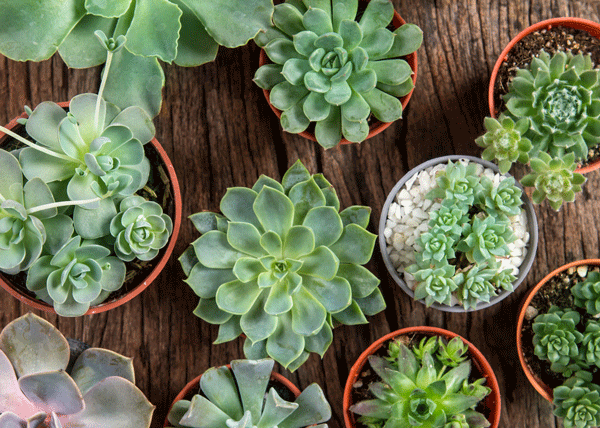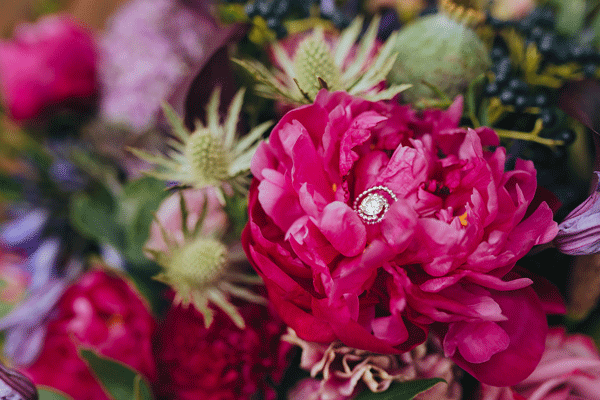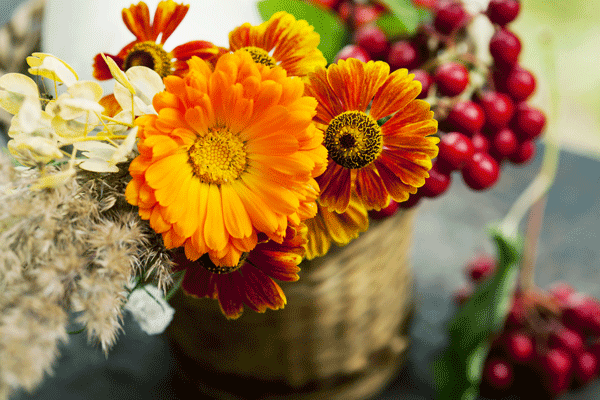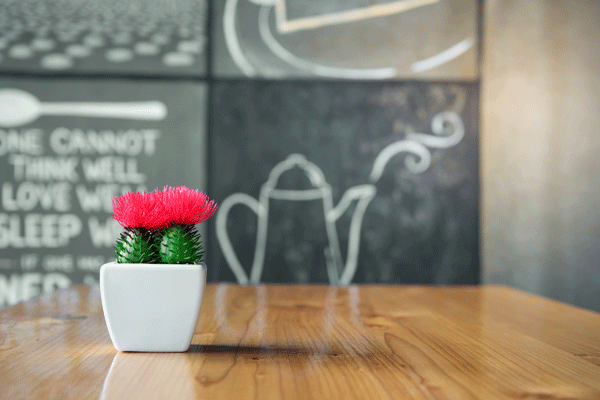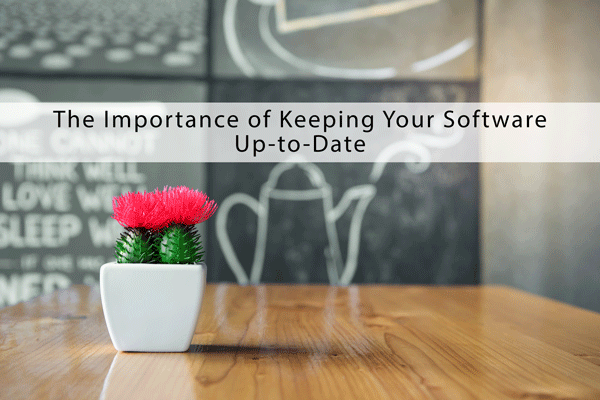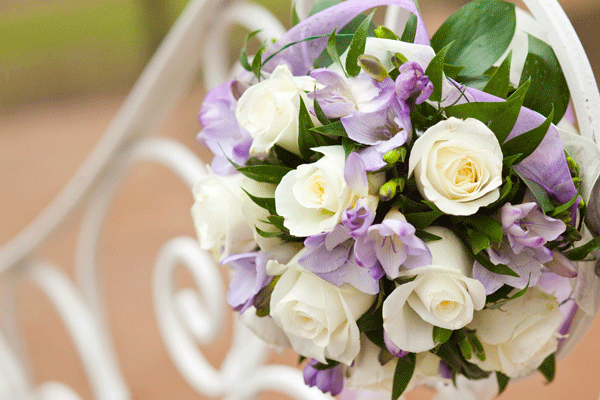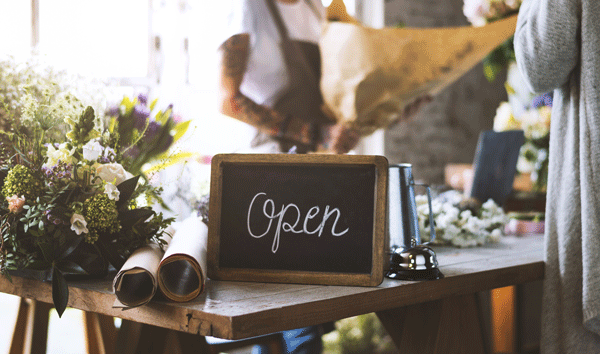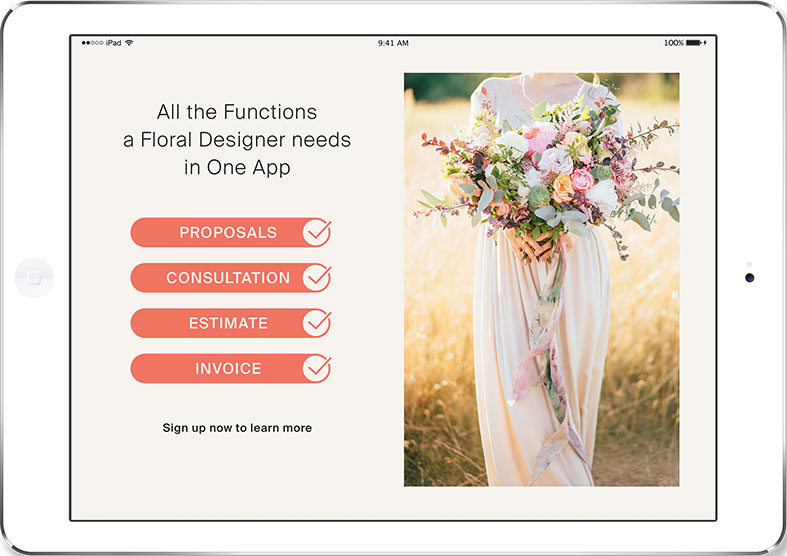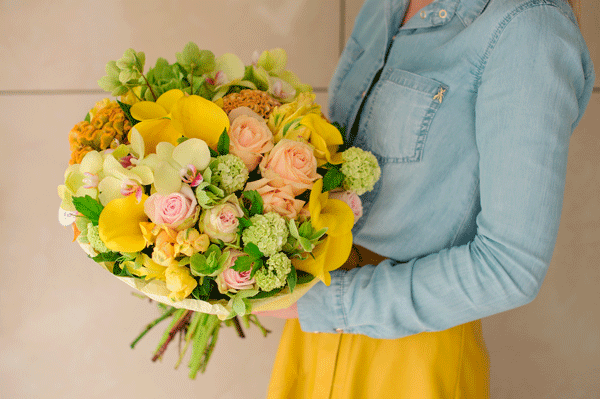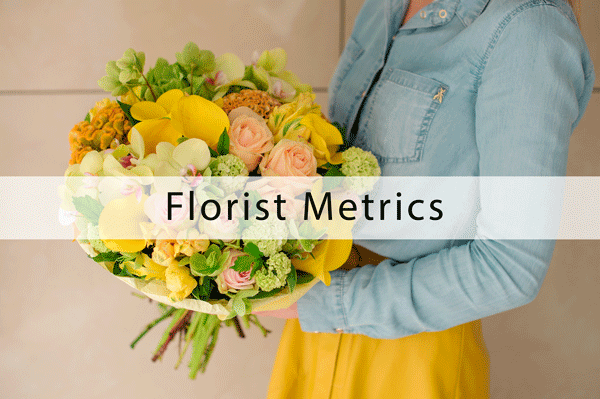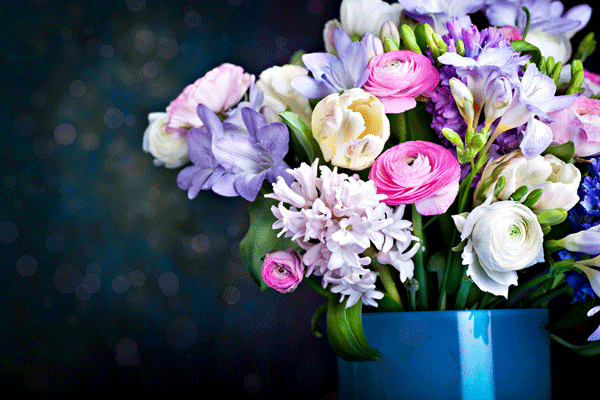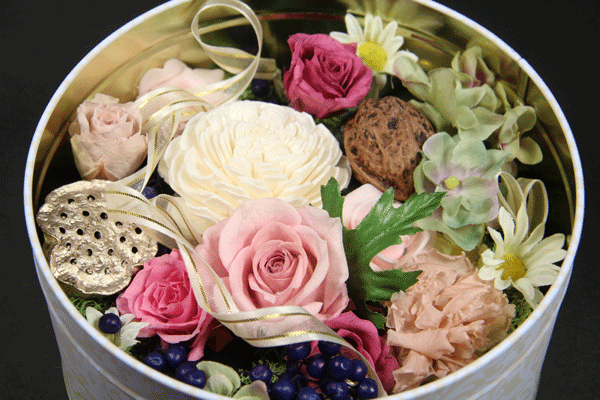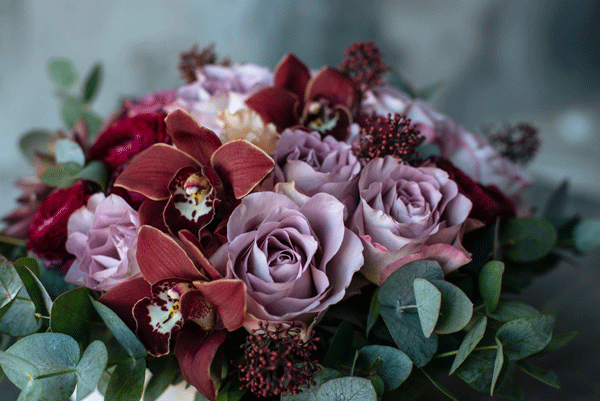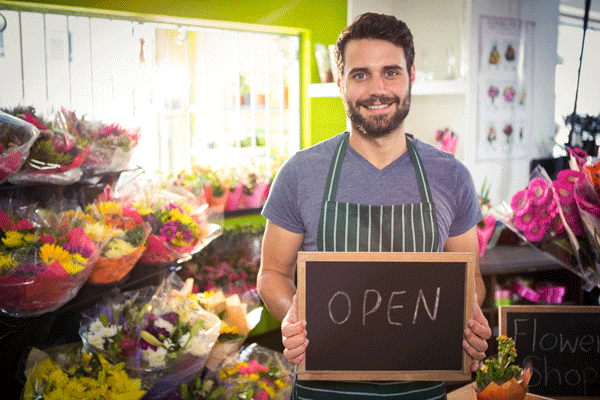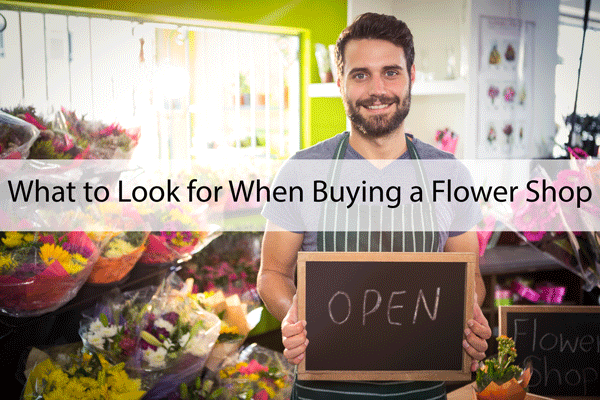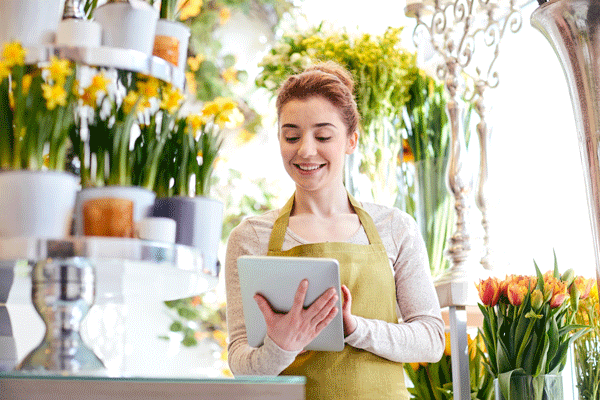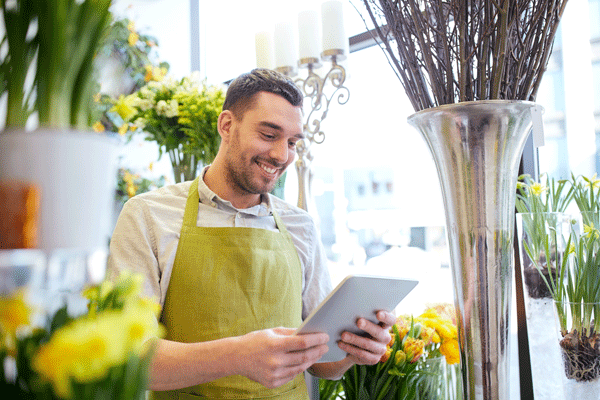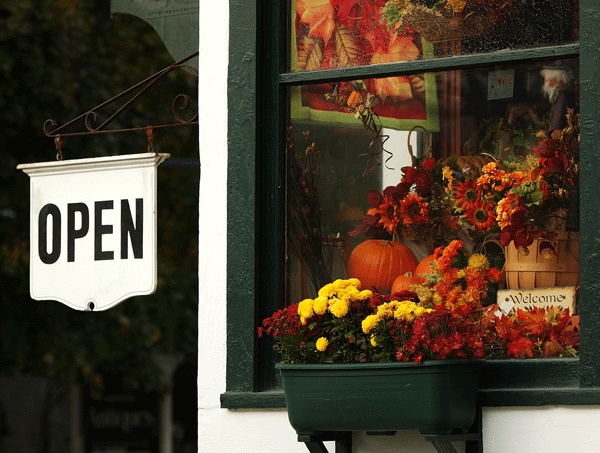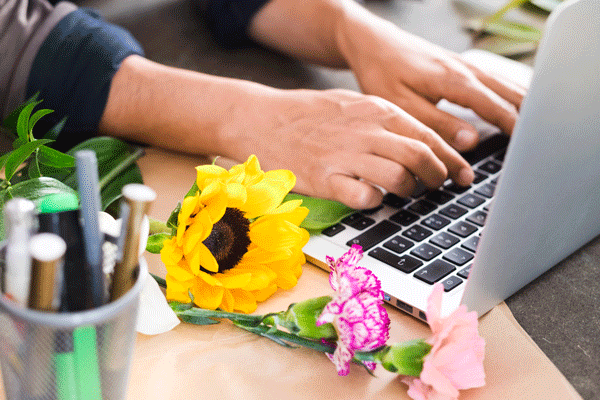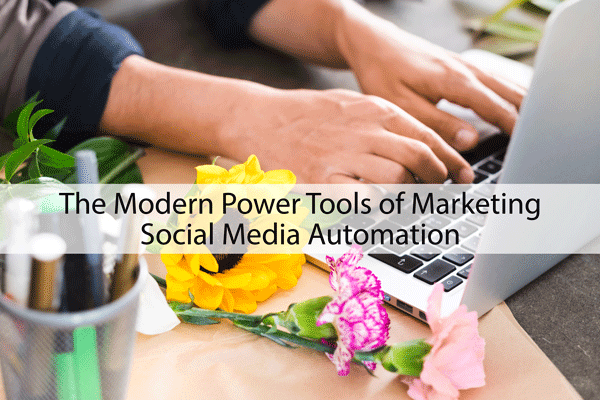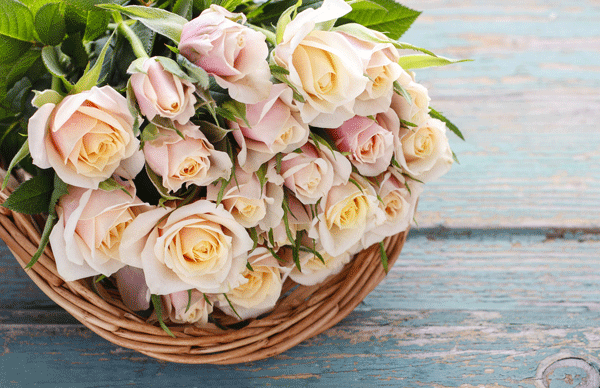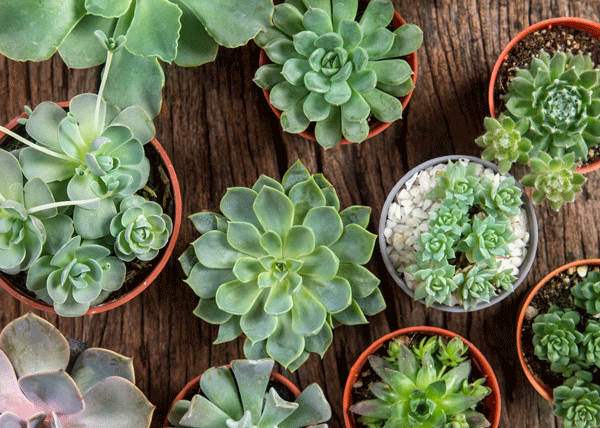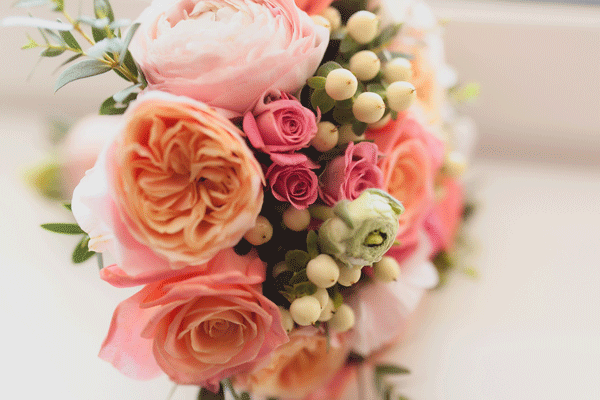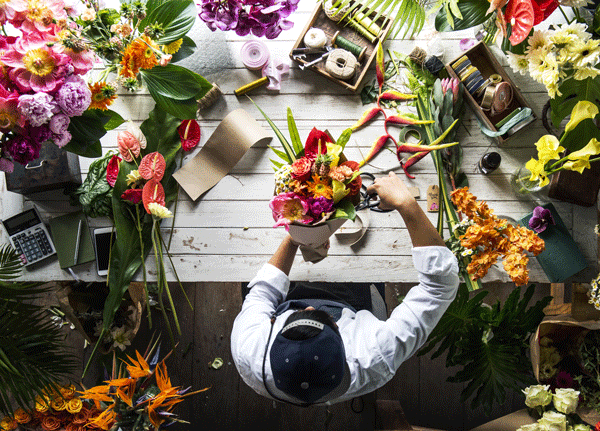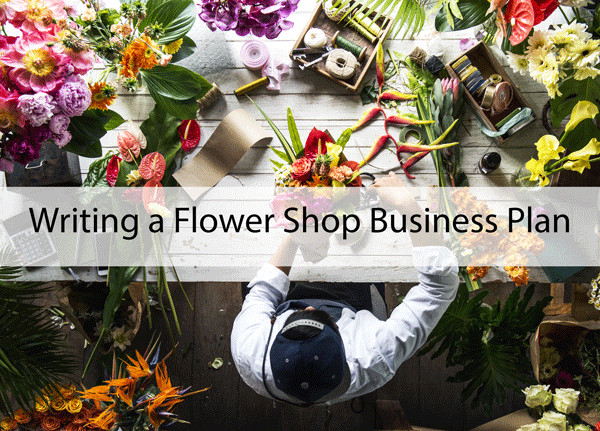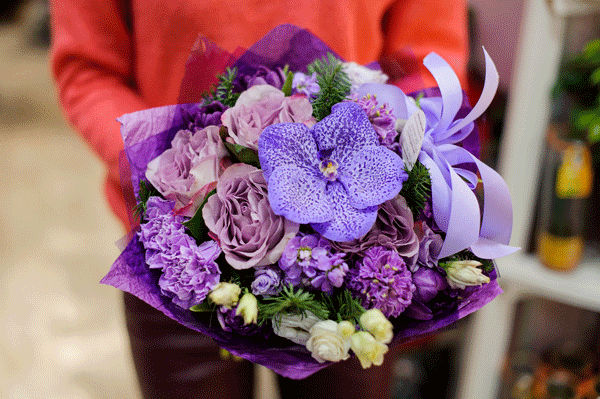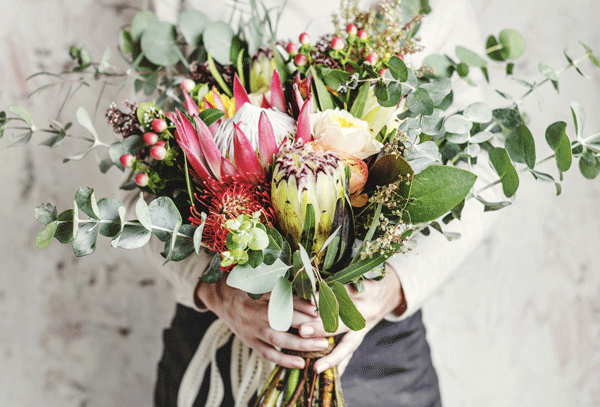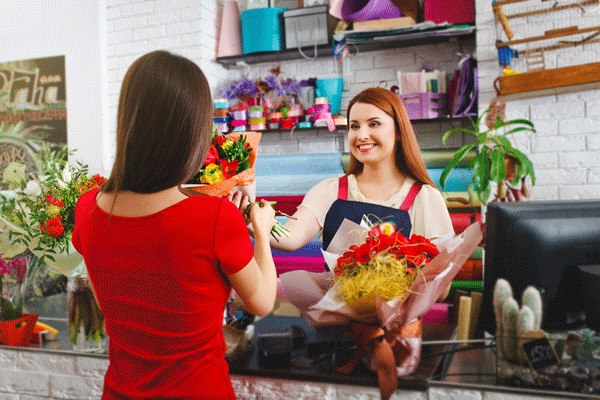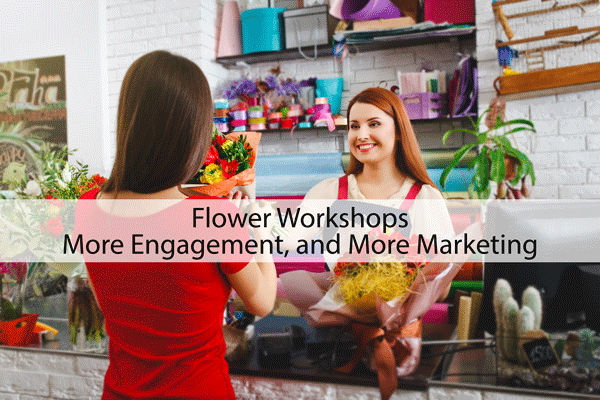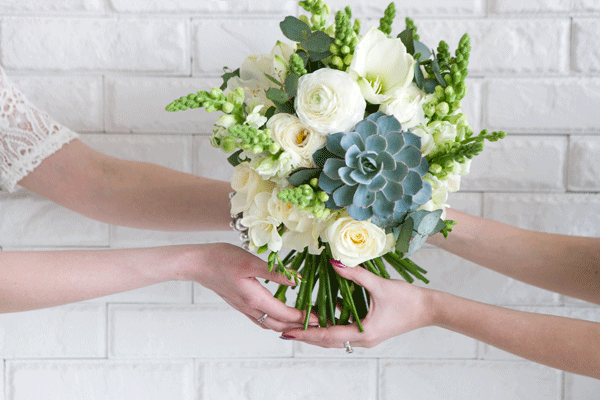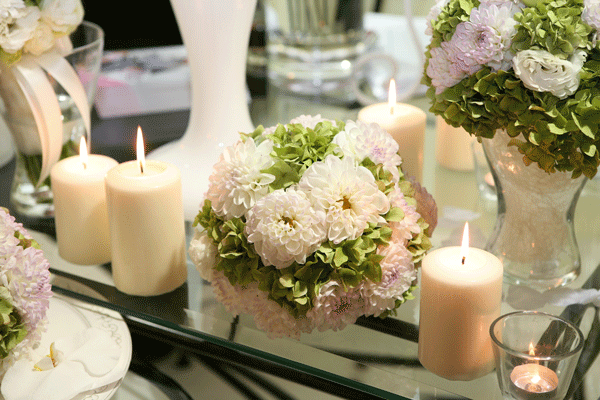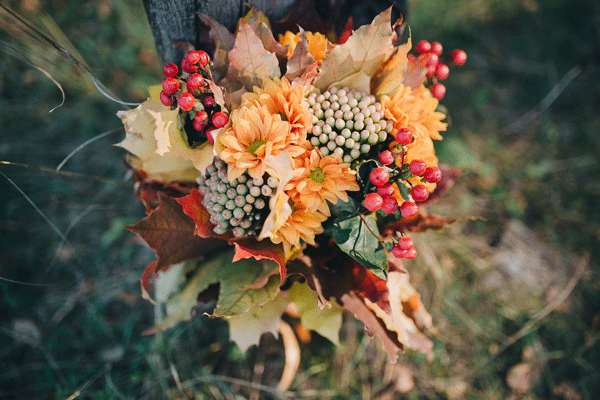
A Florist’s Guide to Donating
October 2nd, 2019 Posted by Josh D Blog, floral system, Florist Operations, Florist Profits 2 thoughts on “A Florist’s Guide to Donating”Florists interact with charitable donations in many ways!
Donating allows you to help other people in need and give back to your community. Businesses have more incentive to donate, too—charitable giving is good PR, and if your donations qualify, you can get tax deductions.
As much good as donating can be, you want to be careful about doing so. Here are some dos and don’ts of donating so that you can be sustainable and helpful to the community.
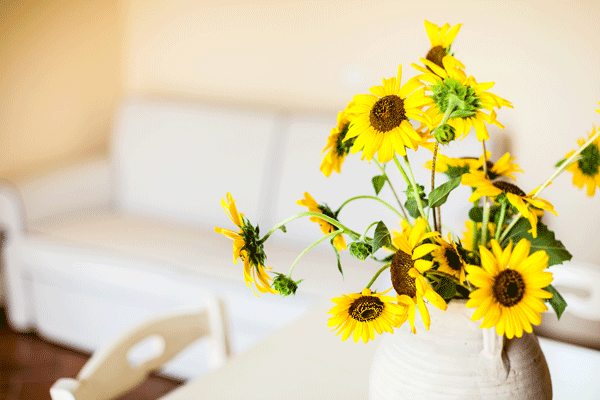
Image via Shutterstock
Donating Based on Finances
The first rule is a simple one: only donate within the limits of your business. Most businesses donate a small percentage of their gross yearly income, around 6%. You can follow that number, or adjust it accordingly. You can also just have a donation fund among your finances, specifically used for donations to charities.
If your finances are unstable or you are having trouble with making a profit, then don’t donate beyond what you can. If you want to save up, you can do volunteerism on charities rather than simply giving money. The disadvantage of this is that most of the time, you cannot use time donated for tax deductions, however, materials and mileage used towards volunteering can qualify, so keep track of these.
Floral Business Values
Donate to charities that align with your business’s values. Try to focus on local groups, because as florists, our brand and revenue benefit more from the vicinity. Getting more hands-on and involved with in your area helps in getting known and getting your name out.
Although you can also opt to donate to national charities, it might be hard to get your brand recognized, and staying near has more benefits on your community in the first place.
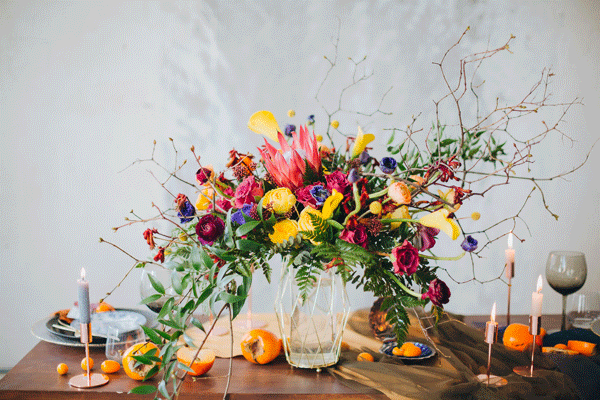
Image via Shutterstock
Donating Smartly
Donating smartly means making sure that the charity you’re donating to is a legitimate 501(c)(3) registered with the Internal Revenue Service so that your donations will qualify for a tax deduction. There are some online services that you can use to validate a charity for this purpose.
Meanwhile, other services will help evaluate the impact of your donation—even some well-known charities may allocate funds less effectively than other charities, meaning a local donation for instance will have less weight in your community.
If you are volunteering, try to make some promotional events about them to get the word out, inspire some outside volunteers and earn some good PR.
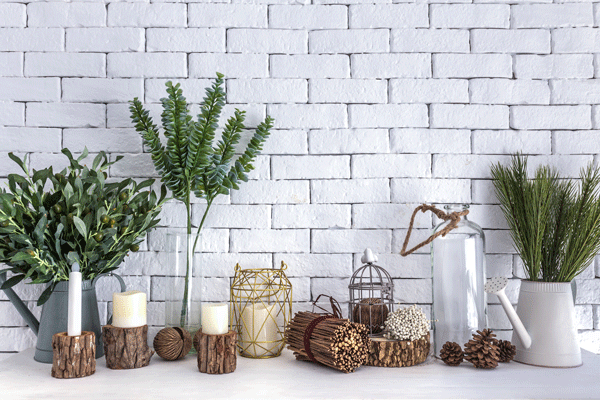
Image via Shutterstock
Tracking Donations
Keep track of your donations! This is by far the most important part of donating for a business. You need to know how your donations are considered according to the tax rules. You might need to file a tax return where you itemize all your deductions.
You’ll also need a proof of your donation so that you can file for a tax deduction. Material donations usually take on fair market value. Being diligent in keeping track of your forms will get you a long way with them.
Donating has always been a direct form of a humanitarian action, a way of helping out people and causes in need of aid. Not only is it good for PR and tax deductions, it also boosts employee morale, because it makes them feel that they are doing something good for the community as part of your shop. However, one of the biggest pluses of donating is that it shows that you care about the community, and you are trying to make it a better place to stay on, for everyone.
Florists, do you have any advice on donations? Please share your comments below!
____________

Floranext makes great florist software. Florist websites, floral POS, florist wedding/event proposal software, and florist technology. Let us know if you want a free demo or try our software for free here.

